The future of home design is arriving faster than you might think—and it’s a lot smarter, more sustainable, and more adaptable than what most of us are living with now. Whether you’re planning a renovation, building from scratch, or just curious about where home trends are headed, it’s worth paying attention to what buyers and homeowners alike are starting to prioritize. From tech-savvy upgrades to eco-friendly essentials, these forward-thinking features are shaping the way we’ll live over the next decade. Here are 13 future-proof home elements that are likely to go from “nice to have” to “non-negotiable” by 2030.
1. Smart Kitchens

Kitchens in 2030 will be equipped with smart appliances that simplify cooking, reduce waste, and improve energy efficiency. Refrigerators with AI can monitor food freshness, suggest recipes based on available ingredients, and automatically generate grocery lists. Smart ovens and stoves will come with voice controls, automated cooking settings, and integrated safety features.
In addition, composting systems and waste management solutions will be seamlessly integrated into kitchen designs. These innovations make it easier for households to adopt sustainable practices. The Verge predicts that kitchens will also feature touchless faucets, smart storage solutions, and even robotic chefs in high-end homes. The smart kitchen revolution will transform meal preparation into an efficient and enjoyable experience.
2. Solar-Powered Everything
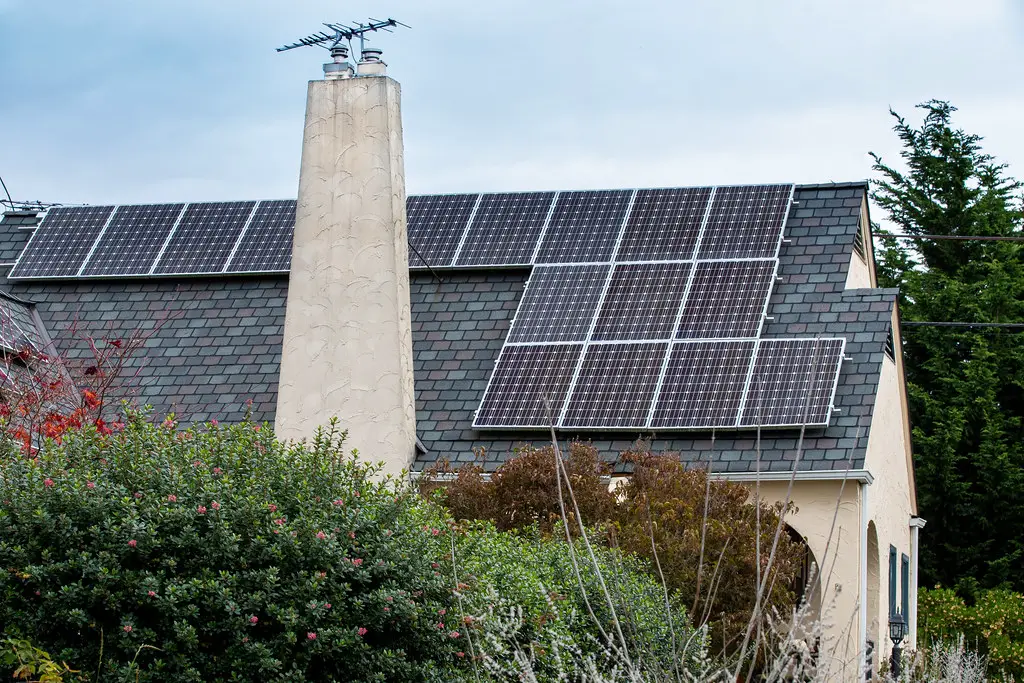
As renewable energy becomes more accessible, solar-powered systems are set to become standard in homes by 2030. Solar panels, already popular, are being integrated into roofs, windows, and even outdoor furniture. These advancements not only reduce energy bills but also help homeowners achieve energy independence. Battery storage systems are improving, allowing excess energy to be stored for use during cloudy days or power outages.
Governments worldwide are offering incentives to adopt solar energy, making it an attractive investment for homeowners. Solar technology is also becoming more aesthetically pleasing, with sleek, unobtrusive designs that blend seamlessly into home exteriors. According to Energy.gov, the combination of energy efficiency and sustainability will make solar a must-have feature in future homes. Additionally, innovations like solar-powered water heaters and appliances will further enhance home functionality while reducing environmental impact.
3. Advanced Home Security Systems
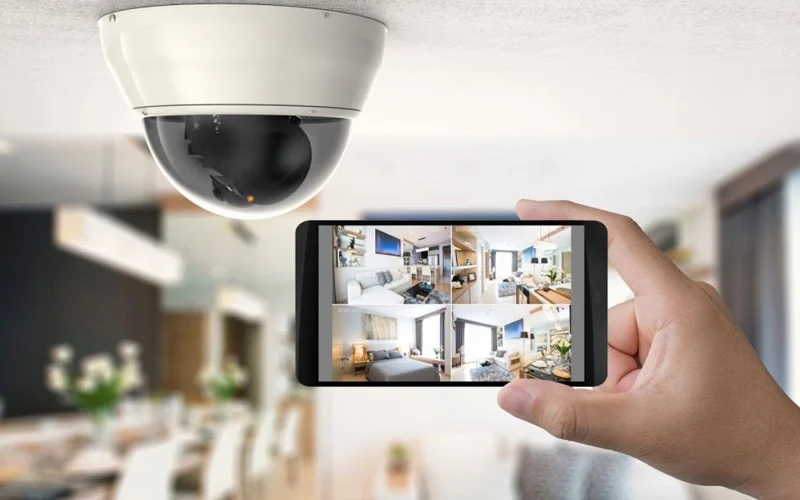
Home security is evolving beyond traditional alarm systems to include AI-driven solutions that provide comprehensive protection. Smart cameras equipped with facial recognition, motion detection, and real-time alerts are becoming staples in modern homes. These systems can differentiate between potential threats and harmless activity, reducing false alarms.
Integrated with smart home hubs, these security systems allow homeowners to monitor and control their property from anywhere in the world. Features like automated lighting and smart locks add extra layers of security, deterring potential intruders. According to Consumer Reports, future systems will also include cybersecurity measures to protect against digital threats. The combination of physical and digital security ensures peace of mind for homeowners in an increasingly connected world.
4. Flexible Living Spaces

By 2030, homes will be designed to accommodate changing needs, featuring spaces that can serve multiple purposes. Open floor plans with movable walls and modular furniture will allow rooms to transition between living, working, and entertaining spaces effortlessly. These flexible designs cater to remote work trends and multi-generational living arrangements.
For example, a home office can double as a guest bedroom with the help of foldable desks and murphy beds. Technology like adjustable lighting and smart temperature controls will further enhance the adaptability of these spaces. Architectural Digest highlights that this flexibility ensures homes remain functional and comfortable as lifestyles evolve. Future-proofing homes with such versatility makes them a long-term investment for any family.
5. Water Recycling Systems
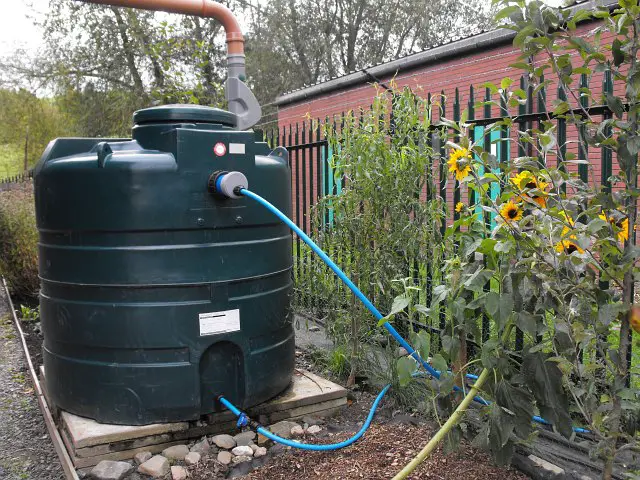
With water scarcity becoming a global concern, homes in 2030 will feature advanced water recycling systems. These systems collect and filter greywater from sinks, showers, and washing machines for reuse in toilets, gardens, and cleaning. Such technologies not only conserve water but also reduce utility bills.
Incorporating rainwater harvesting systems adds another layer of sustainability. Homeowners can store rainwater for irrigation or non-potable uses, further minimizing their environmental impact. National Geographic reports that water recycling technology will become increasingly accessible and efficient, making it a standard feature in sustainable homes. By integrating these systems, homeowners can contribute to global water conservation efforts while ensuring their homes are environmentally responsible.
6. Zero-Carbon Heating and Cooling
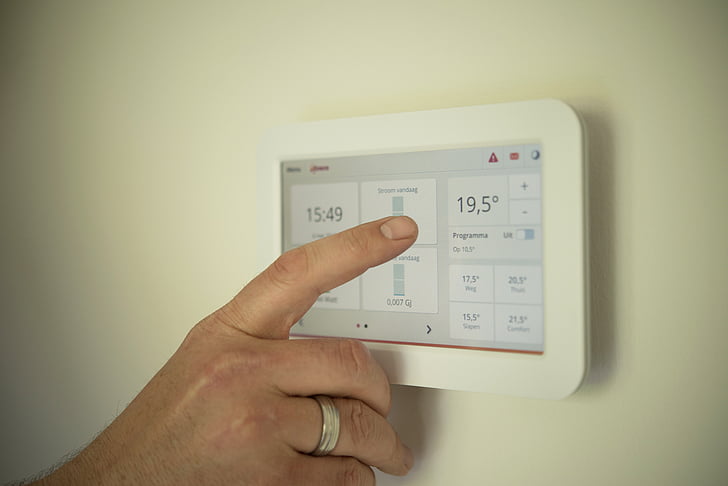
By 2030, homes will prioritize zero-carbon heating and cooling solutions to reduce their environmental footprint. Geothermal heat pumps, solar thermal systems, and energy-efficient HVAC systems will become standard. These technologies not only lower energy consumption but also improve indoor air quality.
Smart thermostats will play a crucial role in optimizing energy use, learning homeowners’ preferences to maintain comfortable temperatures efficiently. Advancements in heat pump technology will make them more accessible and effective, even in extreme climates. By adopting these systems, homeowners can enjoy year-round comfort while contributing to a greener planet.
7. Electric Vehicle Charging Stations

With electric vehicles (EVs) becoming the norm, home charging stations will be an essential feature by 2030. Integrated charging ports in garages and driveways will offer convenient, fast charging options for homeowners. Some systems will even allow vehicles to feed power back into the home during outages.
Solar-powered charging stations further enhance sustainability, allowing homeowners to charge their EVs without increasing their carbon footprint. Advances in charging technology will make home setups faster, more efficient, and easier to install. Including an EV charging station not only future-proofs a home but also adds significant resale value.
8. Home Wellness Spaces

Wellness-focused design will continue to gain momentum, with homeowners dedicating spaces to relaxation and health. Yoga studios, meditation rooms, and saunas are becoming more common in modern homes. These spaces often feature natural materials, calming color palettes, and advanced air filtration systems.
Fitness equipment like smart treadmills and virtual workout mirrors will also be integrated into these wellness areas. These spaces cater to the growing emphasis on mental and physical health, providing a sanctuary for homeowners to unwind and recharge. Wellness spaces not only enhance daily living but also contribute to long-term well-being.
9. Energy-Efficient Windows and Insulation
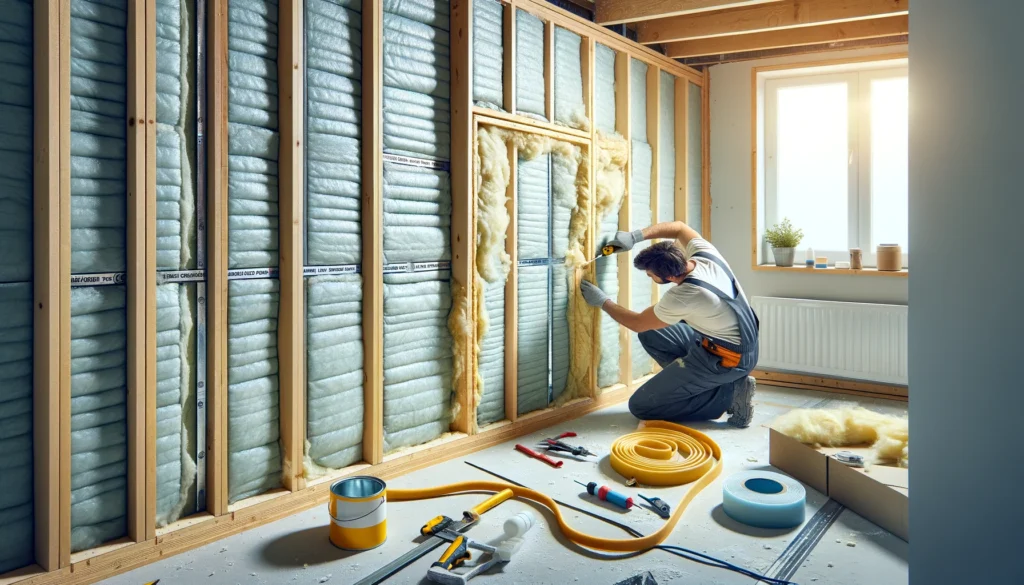
By 2030, homes will feature advanced windows and insulation designed to maximize energy efficiency. Triple-glazed windows with low-emissivity coatings will reduce heat loss in winter and block excessive heat in summer. Insulation materials like aerogel and spray foam will ensure homes remain comfortable year-round while cutting energy costs.
These improvements also reduce a home’s carbon footprint by minimizing reliance on heating and cooling systems. Energy-efficient building materials are becoming more affordable, making them accessible for both new constructions and renovations. Investing in these features pays off through lower utility bills and a more sustainable home.
10. Voice-Controlled Home Automation
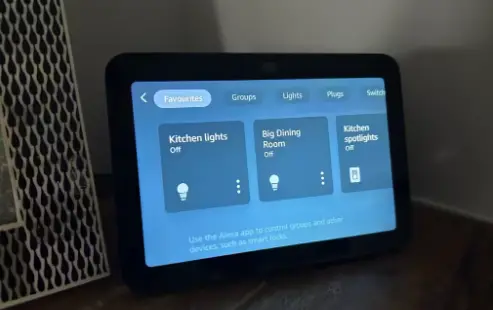
Voice-activated home automation systems will dominate by 2030, making daily tasks seamless and efficient. From adjusting lighting and controlling appliances to managing security systems, voice commands will offer hands-free convenience. These systems will integrate with AI to learn homeowners’ preferences and anticipate their needs.
For example, homes will automatically adjust settings based on time of day or occupancy. Voice control will extend beyond convenience to improve accessibility for individuals with mobility challenges. This technology not only enhances functionality but also elevates the overall living experience.
11. Green Roofs and Living Walls
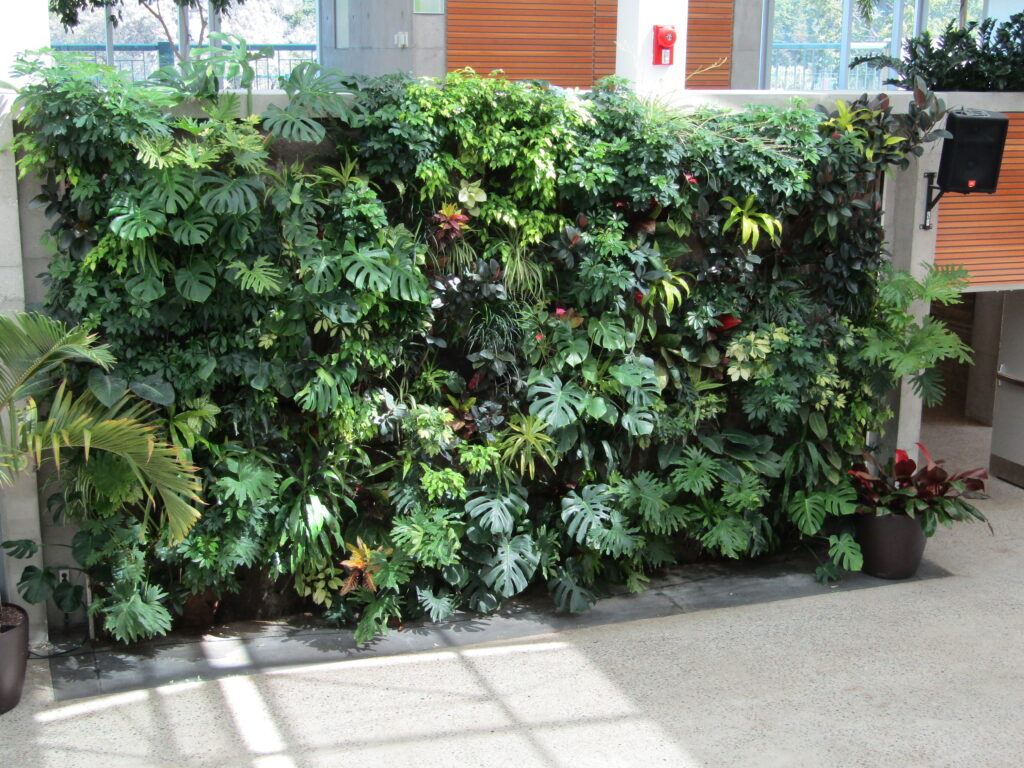
Green roofs and living walls are emerging as both aesthetic and practical features that will dominate homes by 2030. These features incorporate vegetation into the building’s design, offering natural insulation and reducing energy costs. Green roofs help manage stormwater runoff and improve air quality, while living walls add beauty and act as natural air purifiers indoors.
These innovations are particularly popular in urban areas, where space for traditional gardens is limited. They also contribute to reducing the urban heat island effect, creating a cooler and more comfortable environment. Beyond their environmental benefits, green roofs and walls can significantly boost property value, making them a smart investment for eco-conscious homeowners.
12. Smart Water Management Systems

Smart water management systems are revolutionizing how homeowners conserve and use water. These systems include leak detection sensors, automated irrigation, and app-controlled water usage monitoring. Such technology ensures efficient water use, prevents wastage, and helps homeowners avoid costly water damage.
Incorporating AI and data analytics, these systems can provide detailed reports on household water consumption and offer recommendations for improvement. These technologies will become a staple in sustainable home design, especially in areas prone to droughts. As water conservation becomes increasingly critical, these systems will play a vital role in future homes.
13. Home Energy Management Systems
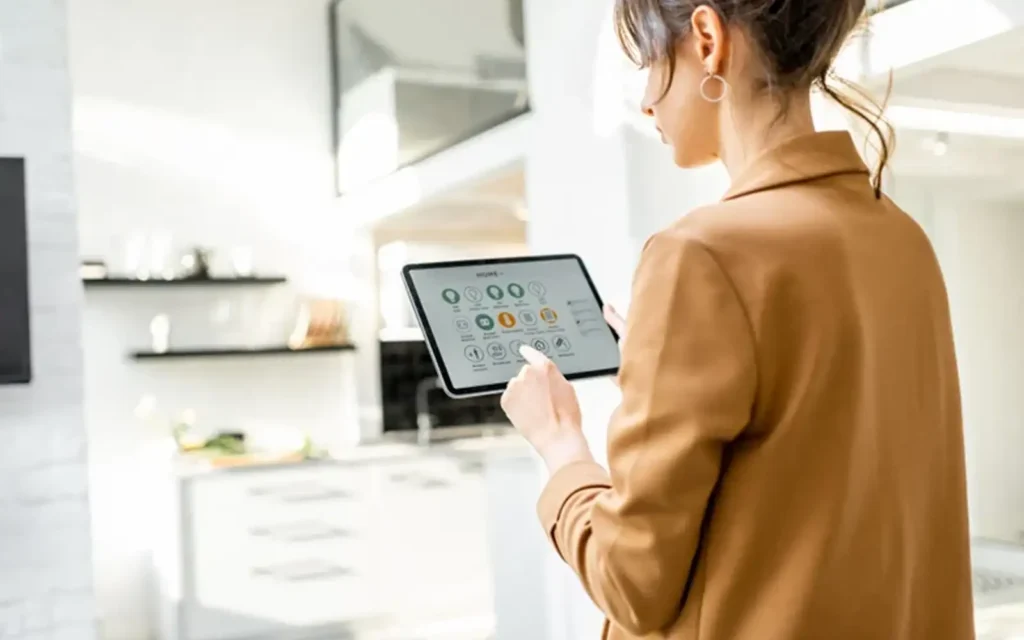
By 2030, homes will feature sophisticated energy management systems (HEMS) that provide real-time insights into energy consumption. These systems integrate with smart appliances, solar panels, and battery storage to optimize energy use and reduce costs. Homeowners can monitor their energy usage through user-friendly apps, making it easier to identify savings opportunities.
HEMS also contribute to a home’s overall sustainability by reducing reliance on fossil fuels. Such systems are becoming more intuitive and affordable, enabling widespread adoption. Future-proofing homes with energy management technology ensures both economic and environmental benefits for homeowners.
